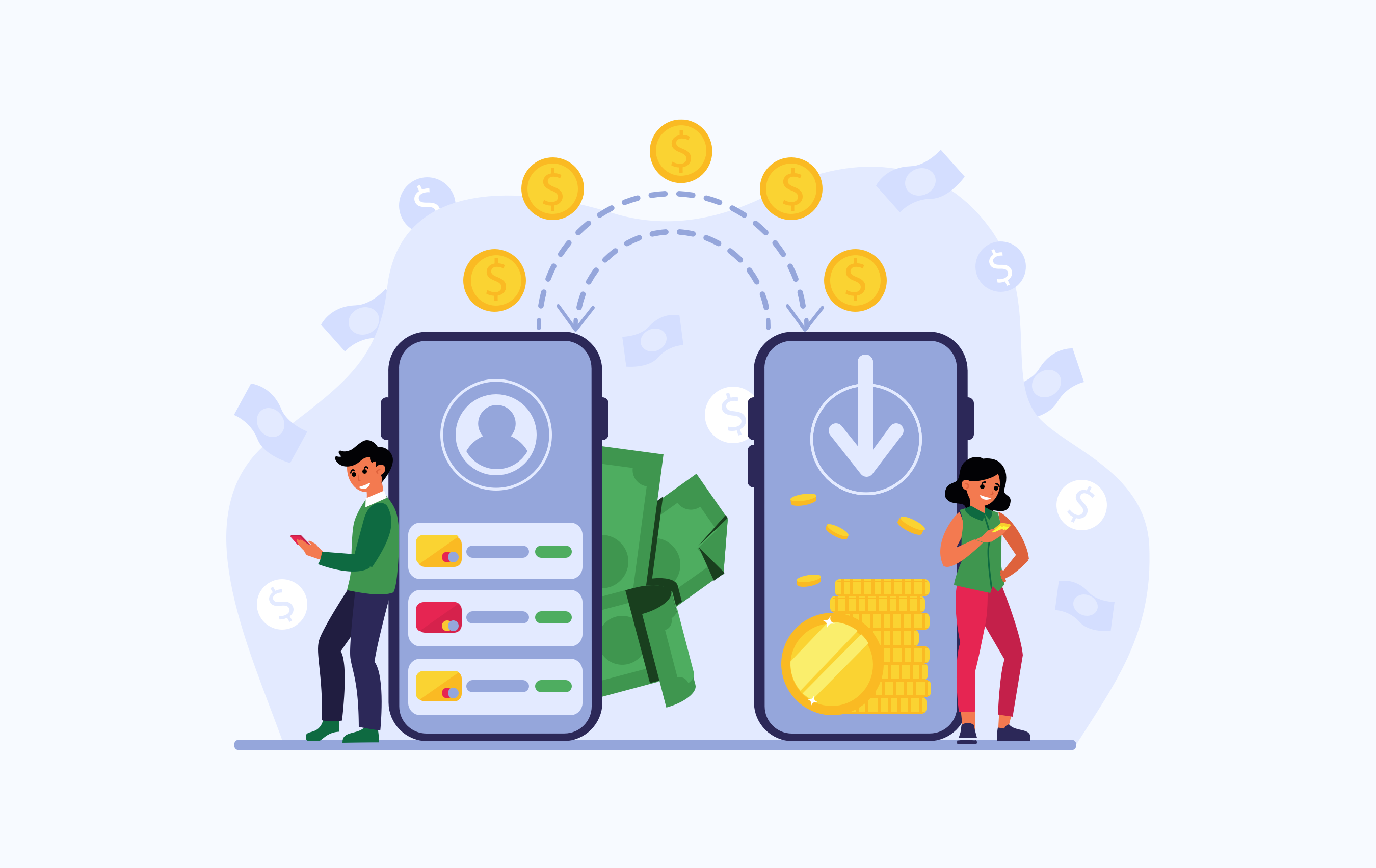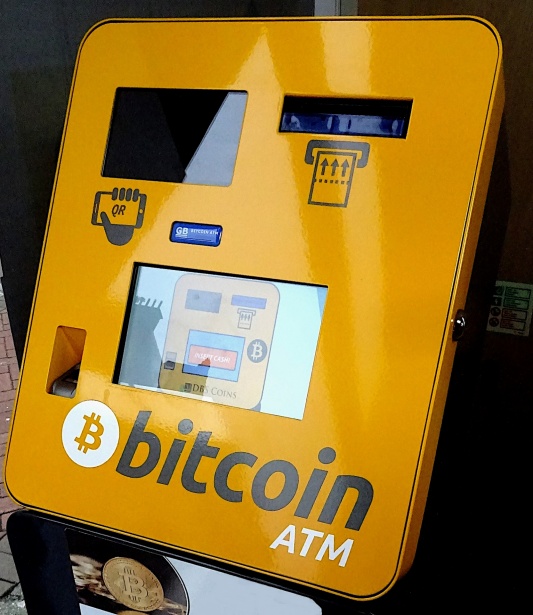Digital Remittances – the new age of the remittance industry

As with many payment trends, the pandemic accelerated the remittance industry to go digital and allow for fintech innovation to put pressure on traditional means of remittances. A remittance can be described as one person sending money to another, often in another country. It is a multi-billion dollar industry with hundreds of millions of migrant workers sending money home to their families, in order to assist with education, healthcare and other every day finances. In many cases, these remittances fully support their families in their country of origin. Very often, bank accounts are not involved.
While digital options existed previously, the primary way of remitting funds involved taking cash to a money transfer agent and paying them a rather large fee to complete the transaction to send the money. The recipient would then have to visit an agent in their country, perhaps having to travel far and then wait in line, to receive cash on their end. Of course, lockdowns and closures of businesses would have made this very difficult to continue. While remittance transactions did decline, the hit was not as bad as anticipated and, in fact, the rebound growth is expected to increase by 2.2% in 2022, equaling an estimated $565 billion dollars*. This quick rebound alludes to the swift increase in alternative means of remittances, that is, the emergence of digital remittance options.
These options most often include sending money from mobile to mobile, where a value is transferred from one’s virtual wallet to another person’s virtual wallet. The recipient may then use their virtual wallet to make their own payments directly from their phone via an app or, if a physical card is attached to their account, they may be able to withdraw funds from an ATM. However, digital versions of more traditional means, such as bank transfers from one person to another via the internet can also be considered digital remittances. Some card programmes are also offering a “push to card” transaction whereby funds are loaded directly on to the recipient’s card, which they are then able to use to purchase goods or pay for services.
There are several advantages digital remittances have over their predecessor:
- Convenience – not having to travel to an agent and queue to send or receive money
- Safety – entering and leaving establishments known for giving out wads of cash is never a safe option
- Lower fees – fees from traditional money transfer agencies are notoriously high. These are significantly lowered with digital transactions
- Faster – digital transfers are instantaneous
As the world returns to normal, and people may revert to their usual way of doing things, the digital remittance industry must not be complacent. They need to stay relevant and provide real value for customers. It is not enough to simply provide a better service than before. One must stay on top of payment trends to solve problems for consumers and provide an easier financial lifestyle. Speed, transparency and security will become minimum requirements. Enhanced customer experience, trust and value for money will keep you ahead of the game and differentiate yourself from the growing competition in the fintech-remittance landscape.
GPC’s payment platform can support robust remittance card and mobile programmes. We have the expertise and technological payments infrastructure to help create a better digital remittance experience for your customers. If you are interested in exploring a partnership with us, please don’t hesitate to contact us.
Sources:
*https://www.worldbank.org/en/news/press-release/2021/05/12/defying-predictions-remittance-flows-remain-strong-during-covid-19-crisis
https://navigate.visa.com/cemea/inclusive-growth/capturing-the-digital-remittances-opportunity/
https://gocardless.com/en-au/guides/posts/what-is-digital-remittance/

